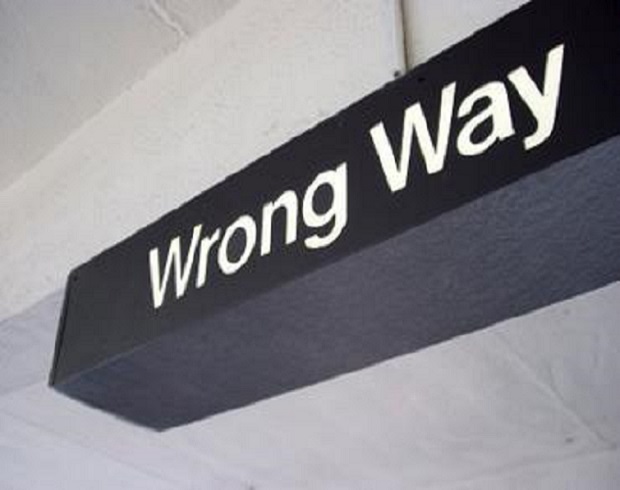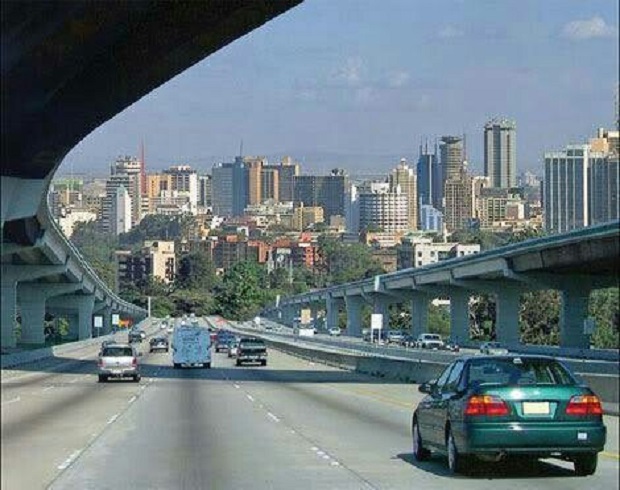In 1843, Daniel M’Naghten tried to kill Sir Robert Peel, England’s prime minister at the time. M’Naghten thought that Peel wanted to kill him and while trying to shoot Peel, he inadvertently shot and killed Edward Drummond who was Peel’s secretary. Medical experts at the time testified that M’Naghten was psychotic, resulting in a not guilty by reason of insanity verdict. Following the subsequent public outrage, the Lords of Justice had to define what the defense of criminal insanity was: “Insanity is a defense to criminal charges only if at the time of the committing of the act, the party accused was laboring under such a defect of reason, from a disease of the mind, as not to know the nature and quality of the act he was doing; or, if he did know it, that he did not know what he was doing was wrong.”
Last Monday December 3rd 2018, much of Nairobi was brought to a standstill by a badly executed decision to ban matatus from the central business district. I want to imagine that there was a management committee meeting to plan such gargantuan decisions. In that meeting, the chief engineer would have said something like “a matatu is X metres long and Y metres wide thus it would require Z square metres of space in a terminus. The termini that we are envisaging for these matatus has a total of Q square metres of space and therefore has the capacity to hold a maximum of ( Q divided by Z) number of matatus at any given time.” The chief city planner would have said, “Actually to your point, we have discussed with the matatu owners association and been informed that there are a total number of R matatu saccos, a total number of S matatu routes and a total number of T matatus. The termini that we are designating for these routes will therefore have V number of matatus designated to going through it during a 24 hour cycle.”
The leader of that meeting, who would be seated at the head of the table in a faux leather executive chair, would swing on his seat from side to side nodding keenly. He would then lean forward, gently placing his elbows on the buffed faux mahogany table and form his fingers into a steeple. “What are the risks we are facing here, good people? What could go wrong, if we decide to go big bang and just announce a total ban?” To which his chief of staff would have said, “Well, based on the numbers being tabled before us, it is unlikely that we can accommodate all those number of vehicles in the designated termini. I suggest we first start with a pilot route, and we undertake a phased approach by testing it on a low traffic day like a Sunday to see the vehicle movements. We can then take the next step of pushing the pilot phase into a weekday to see the real effect. I suggest we start with one Eastlands route that has got heavy matatu traffic and that terminates where there are other operational matatus that can pick up the terminating passengers to take them on to the city centre.”
The fearless leader would lean back with a thoughtful expression on his face. “You!” he would point at his finance manager. “You’re always playing the devil’s advocate at our meetings. What else are we missing here?” The finance manager would pretend to look upset when he is secretly pleased that his contrarian views have been found to be useful. “Well, if we go big bang rather than do a pilot test, how far would people have to walk? Where would they walk? Is it possible that there may be a human traffic situation that criminal elements could take advantage of? What if there isn’t enough space in the termini, would that mean that the matatus could spill over into the streets and cause a tailback leading to a massive traffic gridlock? What if…what if it rains? What would happen to commuters? How about the disabled ones or the ones who are sick?”
“Enough! I’ve heard enough. Going big bang has more risks than benefits. We have to first do a pilot to understand how this might work following which we can figure out how to mitigate the known and yet to be known risks.” The legal manager would lean back and breathe a quiet sigh of relief. This big system change that his colleagues were proposing could later be viewed through a M’Naghten lens: Did management apply reason in their decision making and, where no reason was applied, did they know that what they were doing could have catastrophic consequences? I think Nairobians now know the answer to that.
Twitter: @carolmusyoka

 carolmusyoka consultancy
carolmusyoka consultancy
 @carolmusyoka
@carolmusyoka

